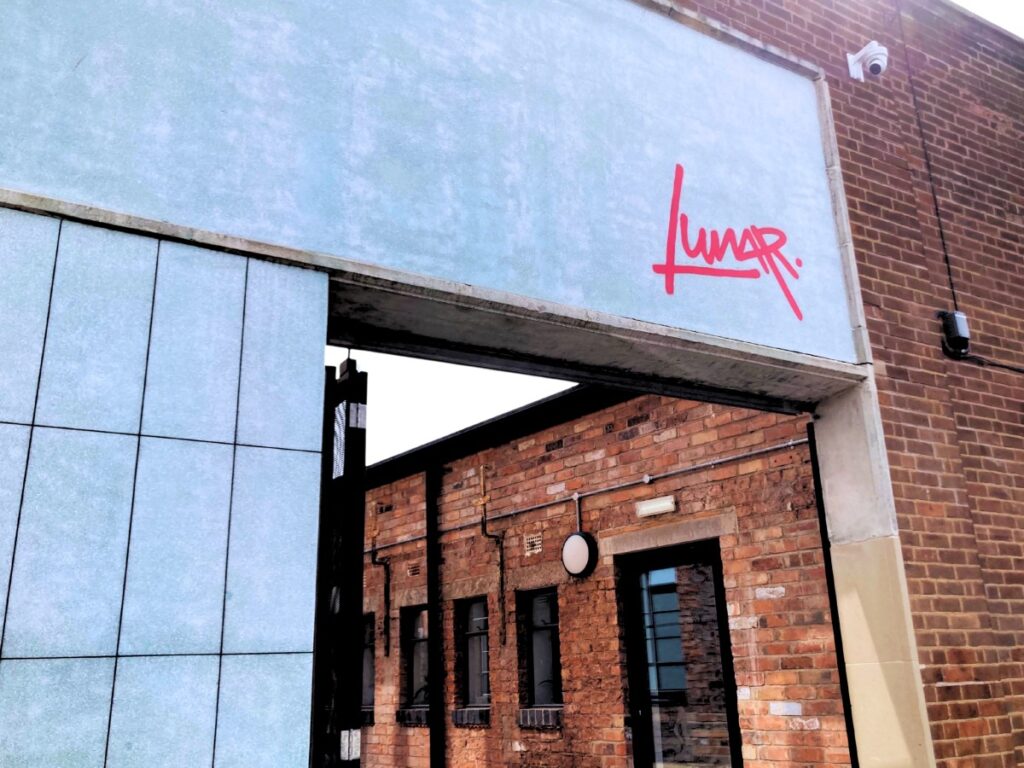How Much Does a Digital Agency Cost? The Honest Breakdown (and How to Spot Value)
17th April 2025

When businesses begin their search for a digital agency, the question of cost inevitably comes up first—and understandably so. But cost, in this context, is rarely straightforward. Digital agencies aren’t off-the-shelf purchases.
They’re strategic partners, and pricing depends on multiple variables. In this blog, we’re giving you the full picture: what you’ll pay, what you’ll get, and how to tell if you’re actually getting value.
What Does a Digital Agency Actually Do?
Let’s start with services—because price means nothing without understanding the offering. A full-service digital agency typically provides:
Strategy
Includes market research, brand positioning, audience insight, messaging frameworks, and full brand development. Strategy lays the foundation for all creative and tactical activity—ensuring your efforts align with business objectives. A well-built strategy saves time, reduces misfires, and gives every campaign a clear commercial purpose.
Performance Marketing
Covers paid search (Google Ads), paid social (Meta, LinkedIn, TikTok), programmatic display, and media planning/buying. Performance marketing is where short-term ROI lives—getting your brand in front of the right audience with precision targeting, fast feedback loops, and optimised budget use. It’s a direct lever for lead generation and sales. It also provides data-rich insights into what’s really working—and what’s not.
Content Creation
From blog posts to brand films, content builds trust, authority, and engagement. Great copywriting, design, and video aren’t just for aesthetics—they communicate your value, tell your story, and fuel SEO and paid campaigns. Content is also the engine of your customer journey—from awareness to conversion. Good content educates, entertains, and earns attention.
Social Media
Both organic and paid strategies play a role in building brand presence, driving traffic, and nurturing communities. Influencer collaborations amplify reach, while community management deepens loyalty. Social is where brand voice becomes brand relationship—and it’s critical for modern engagement. It’s also where consumer behaviour is most visible in real time.
SEO (Search Engine Optimisation)
On-page, technical, and content SEO drive organic visibility in search engines. This means higher-quality, lower-cost traffic over time. Good SEO improves UX, strengthens domain authority, and helps you own your niche in competitive SERPs. It’s your long game—and a compounding asset. Unlike paid media, SEO keeps delivering after spend stops.
Email Marketing
Still one of the highest-ROI channels. Email marketing includes list growth, segmentation, personalised campaign delivery, and automation workflows. It drives retention, nurtures prospects, and converts browsers into buyers. Integrated with CRM, it becomes your personal, scalable sales assistant. Done right, it feels less like marketing—and more like service.
Analytics and Reporting
Data isn’t optional. Real-time dashboards, custom event tracking, attribution modelling, and ROI analysis give you clarity. Good reporting isn’t just about what happened—it’s about what to do next. It turns performance into progress. A smart analytics setup also enables agile decision-making across your funnel.
Some agencies specialise, others offer the whole menu. Your cost depends on what you need—and who’s delivering it.
The 3 Most Common Pricing Models
1. Monthly Retainers
You pay a flat fee for a fixed (or flexible) scope of work. Retainers typically range from £2,000 to £25,000+ per month, depending on:
- Size and seniority of your account team
- Complexity of deliverables
- Paid media budgets managed
2. Project-Based Pricing
Ideal for one-off builds (a new website, a brand strategy, etc.). These are typically quoted upfront. Expect:
- £5,000–£10,000 for small projects
- £20,000–£100,000+ for major campaigns or rebuilds
3. Performance-Based Pricing
This model is newer and riskier—for both sides. Payment depends on meeting agreed KPIs (e.g., cost-per-lead or revenue growth). It requires total transparency, excellent tracking, and mutual trust.
Where Does the Money Go?
At a reputable agency, your spend isn’t just covering ad clicks. It’s going towards:
Tools, tech and reporting dashboards – access to best-in-class software and real-time insights
Strategy and planning time – ensuring campaigns align with commercial goals
Execution (copy, design, builds) – high-quality delivery across formats and platforms
Senior oversight and optimisation – ongoing performance improvements and pivots
Ask for a breakdown. Any agency worth its salt will show you where the hours are going. Lunar Digital for example create dedicated trackers for each retainer, project or account.
How to Spot Real Value (Not Just a Fancy Proposal)
1. Ask for results. Not just flashy creative. What was the impact? What’s the cost-per-acquisition, lifetime value, or brand lift?
2. Understand the team. Who is actually working on your account? Mid-level account managers? Senior strategists? Freelancers?
3. Look beyond deliverables. What’s the thinking behind them? Does the agency understand your industry, your commercial goals, and your customer behaviour?
4. Tools matter. From GA4 to Looker Studio, Meta Business Suite to SEMrush—agencies using the right stack can do more with less.
5. Ask about adaptation. The digital world shifts daily. A good agency doesn’t sell a rigid package—they evolve their thinking, stay curious, and bring new ideas before you ask for them.
So… How Much Should You Spend?
A useful rule of thumb: your digital marketing investment should be 5–15% of your gross revenue, depending on your growth stage and margins. If you’re hiring an agency to run the show, you’ll want to invest enough to give them room to experiment, optimise and grow your brand strategically.
For early-stage companies: Expect to invest £2,000–£5,000/month minimum.
For established brands looking for growth: £10,000–£30,000/month isn’t unusual—especially when media spend and strategy are included.
Final Word
Cost is just one part of the equation. Value is about alignment—between your goals and the agency’s ability to achieve them. Don’t just ask, “What’s the price?” Ask:
- What will this investment unlock?
- How will I measure its success?
- And is this team excited to grow with me—not just bill me?
Want an honest quote from an agency that tells it straight? Try our Free Agency Audit to find out if we’re the digital agency to help you meet your business goals.

